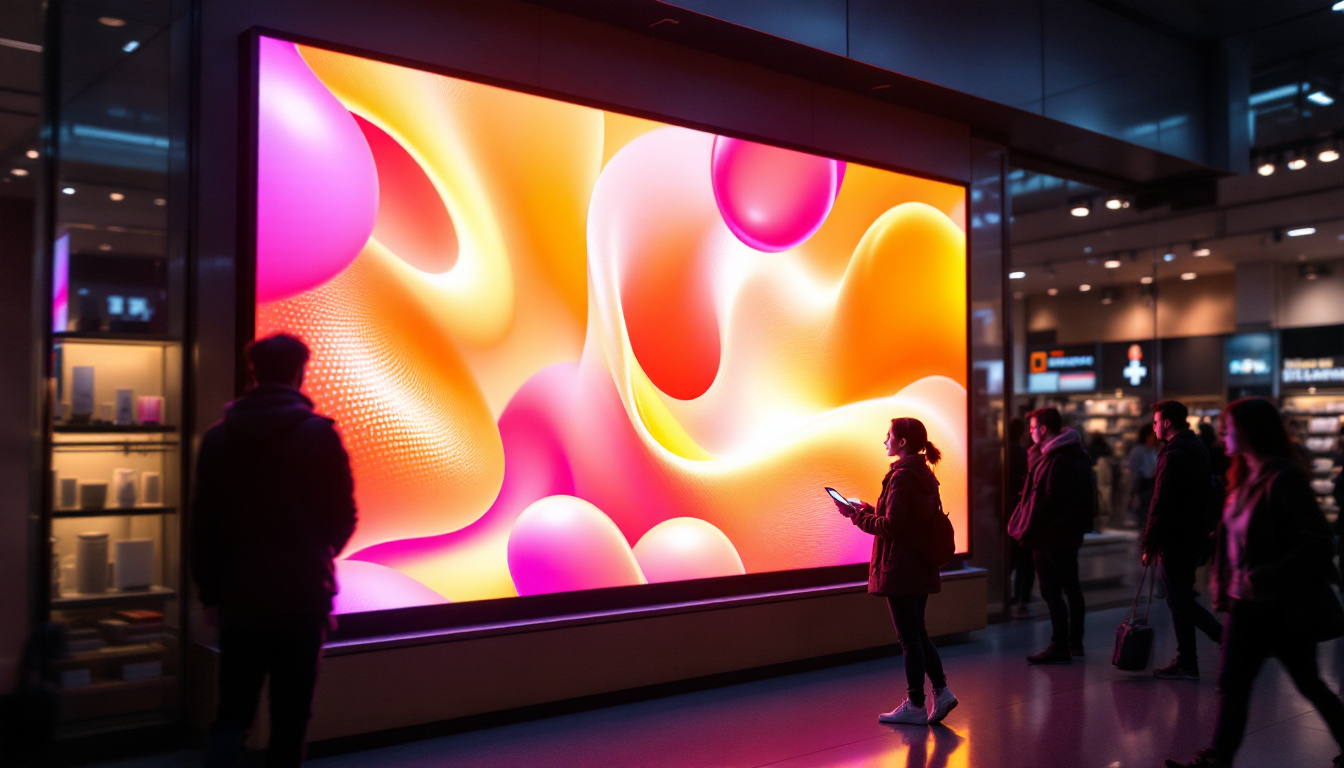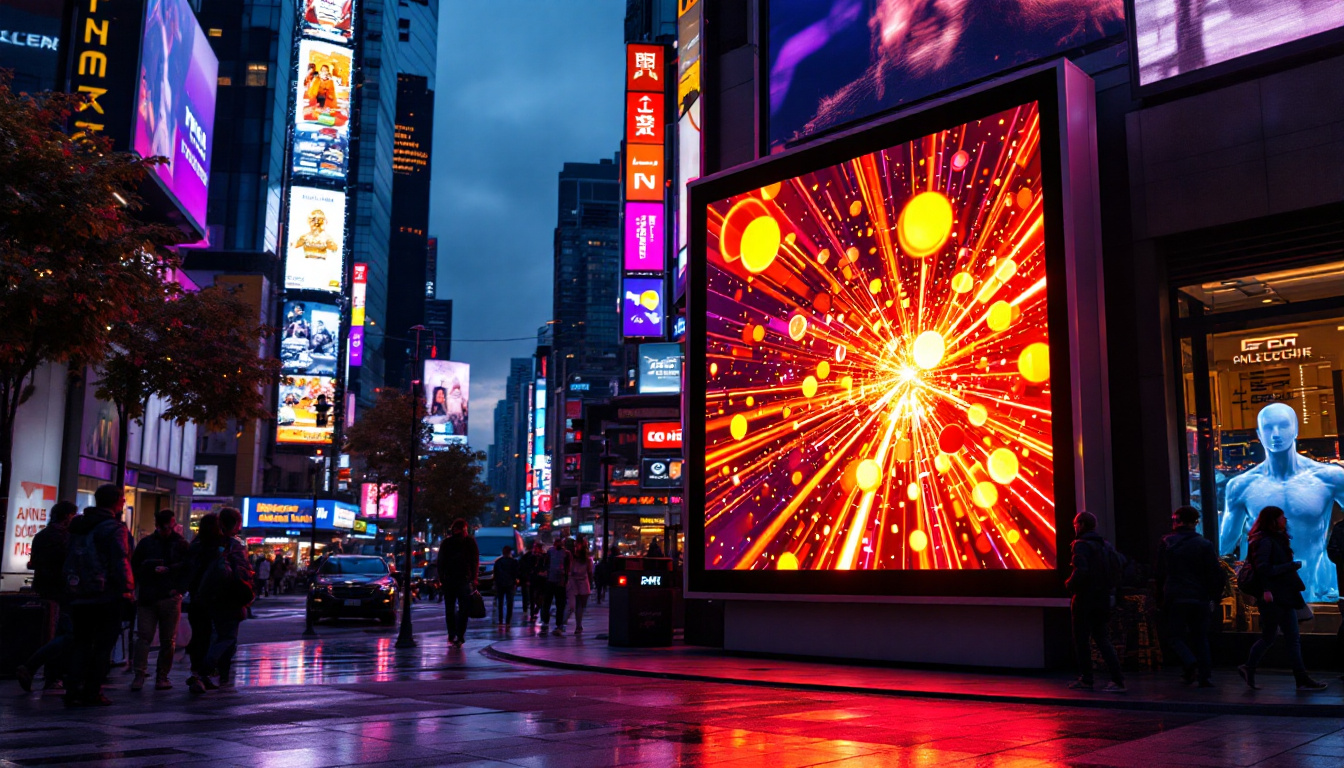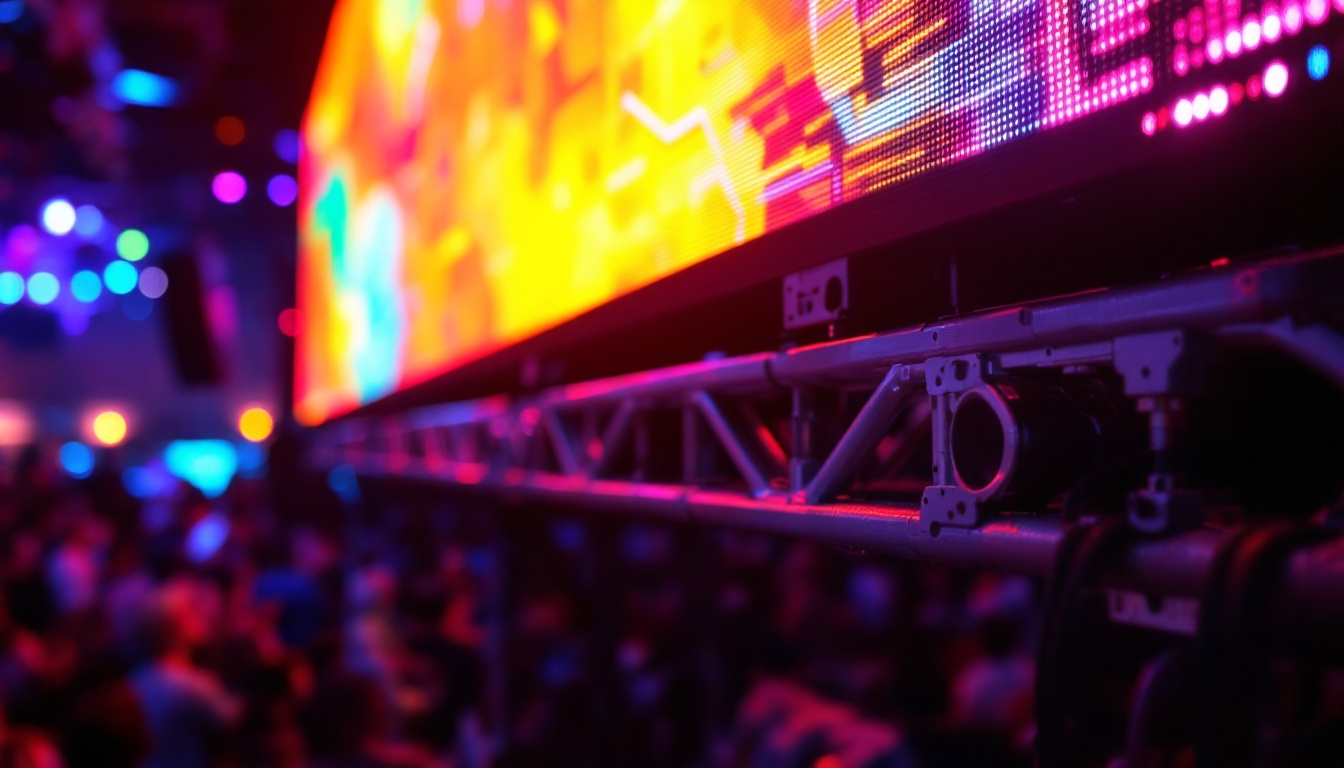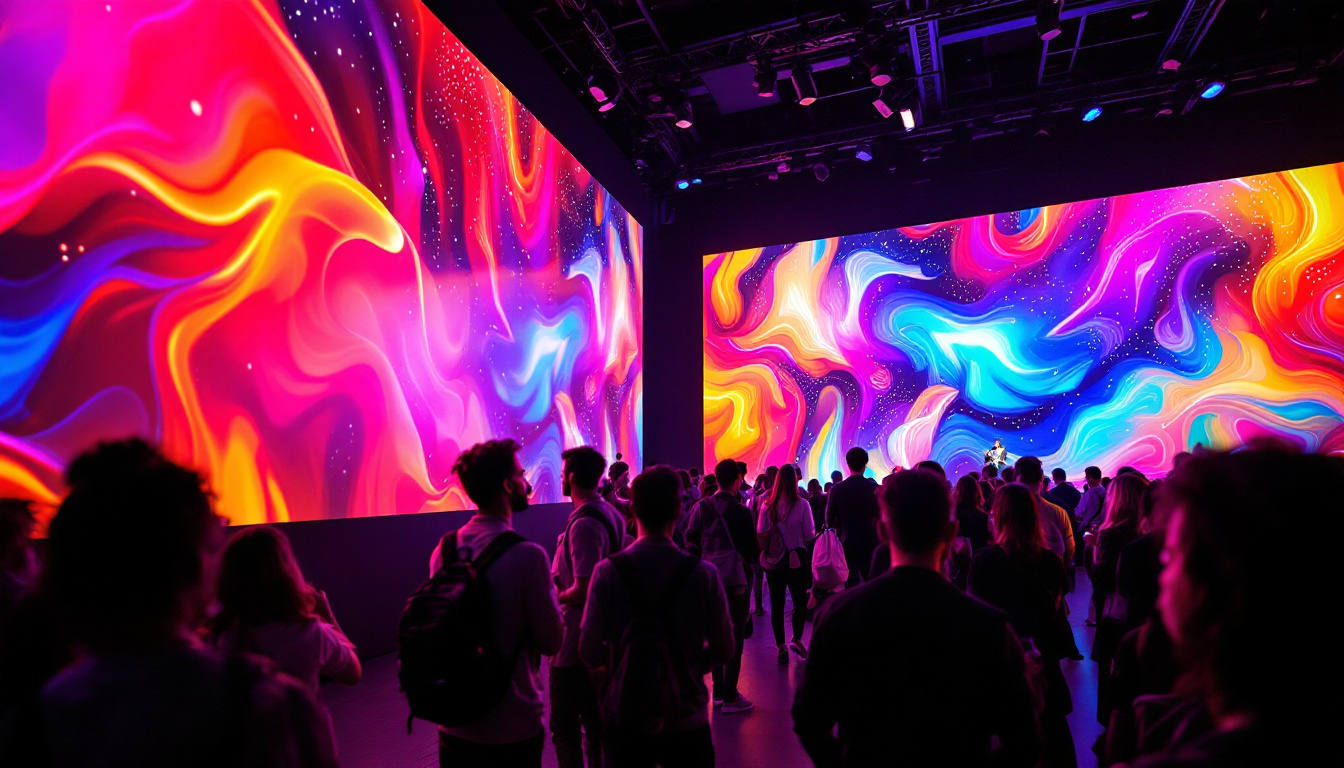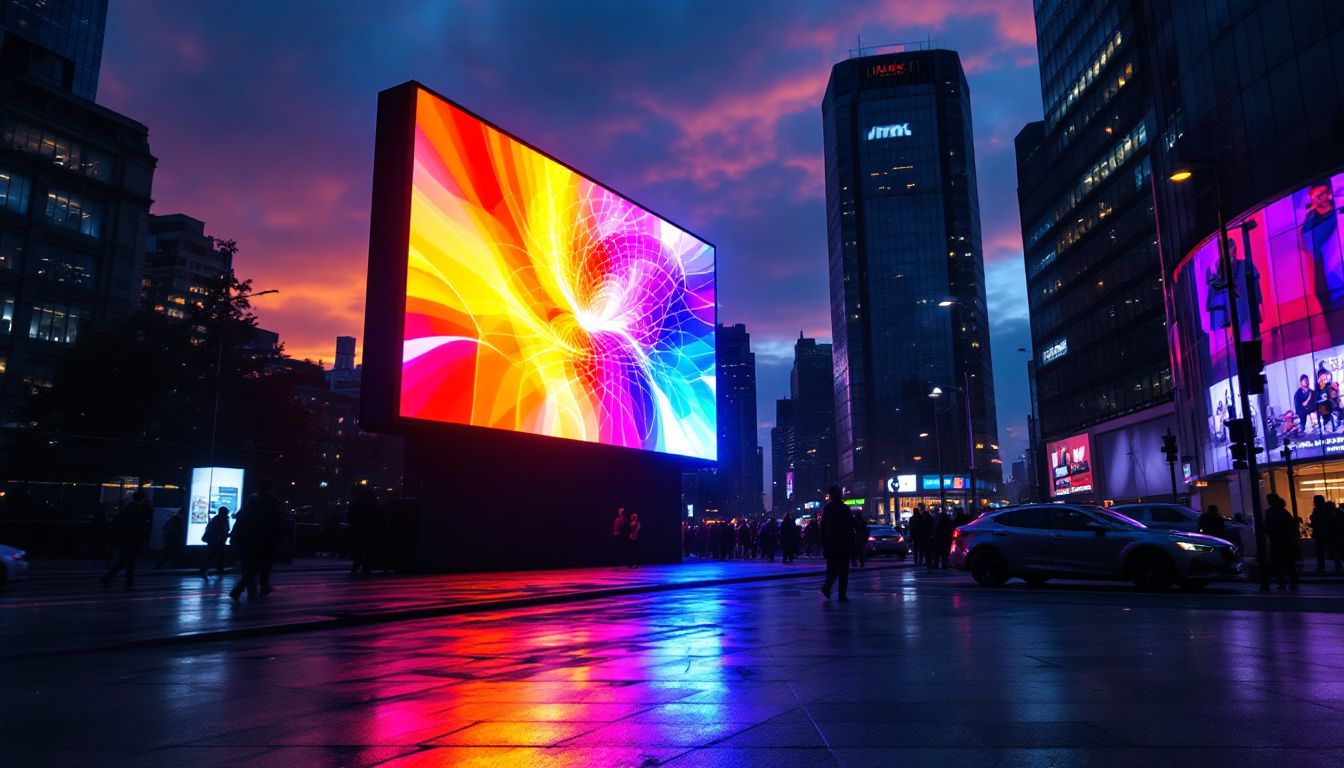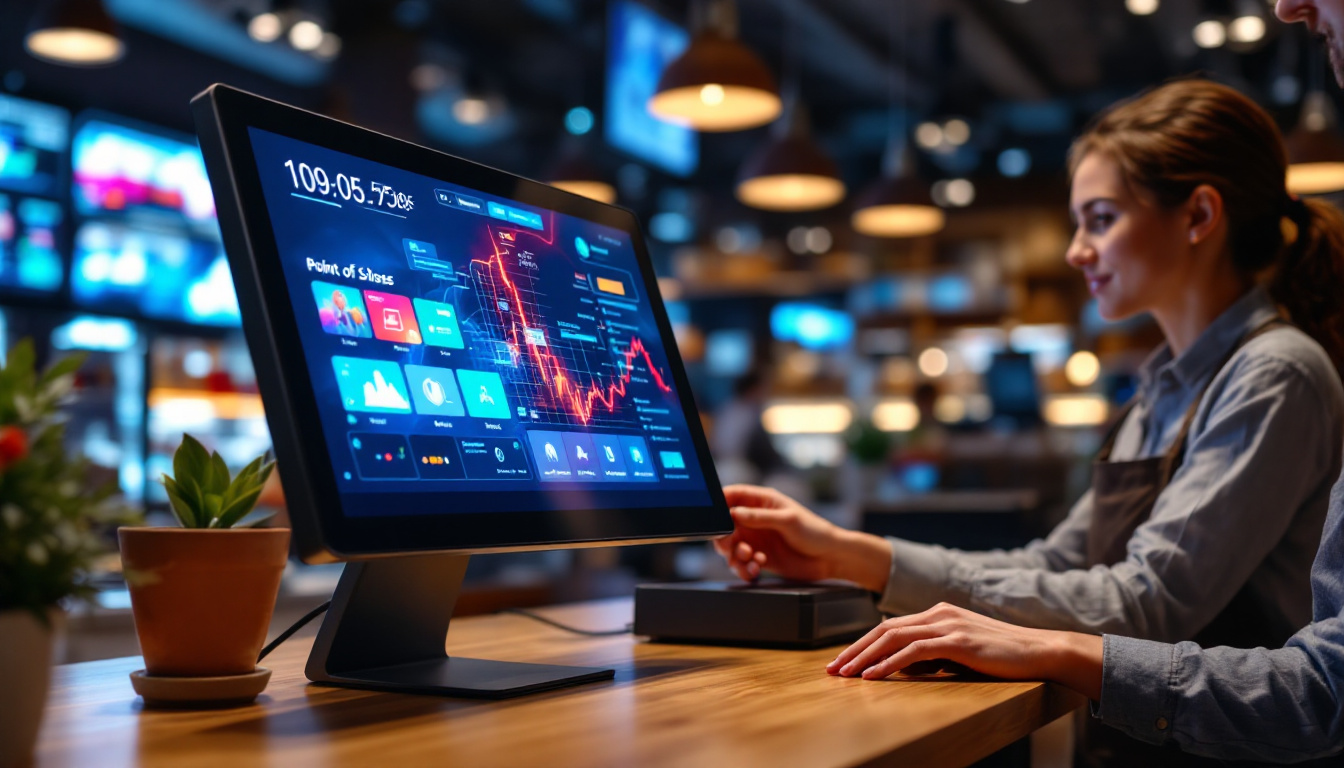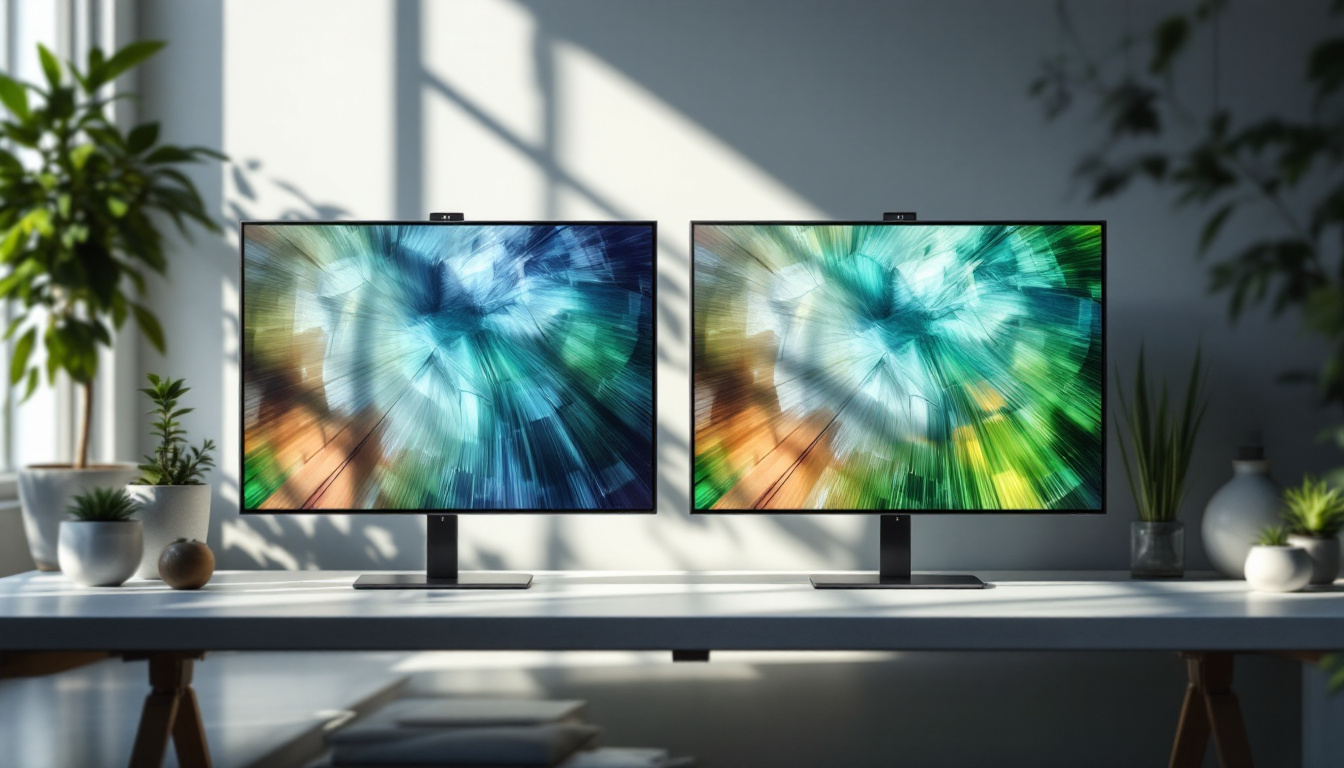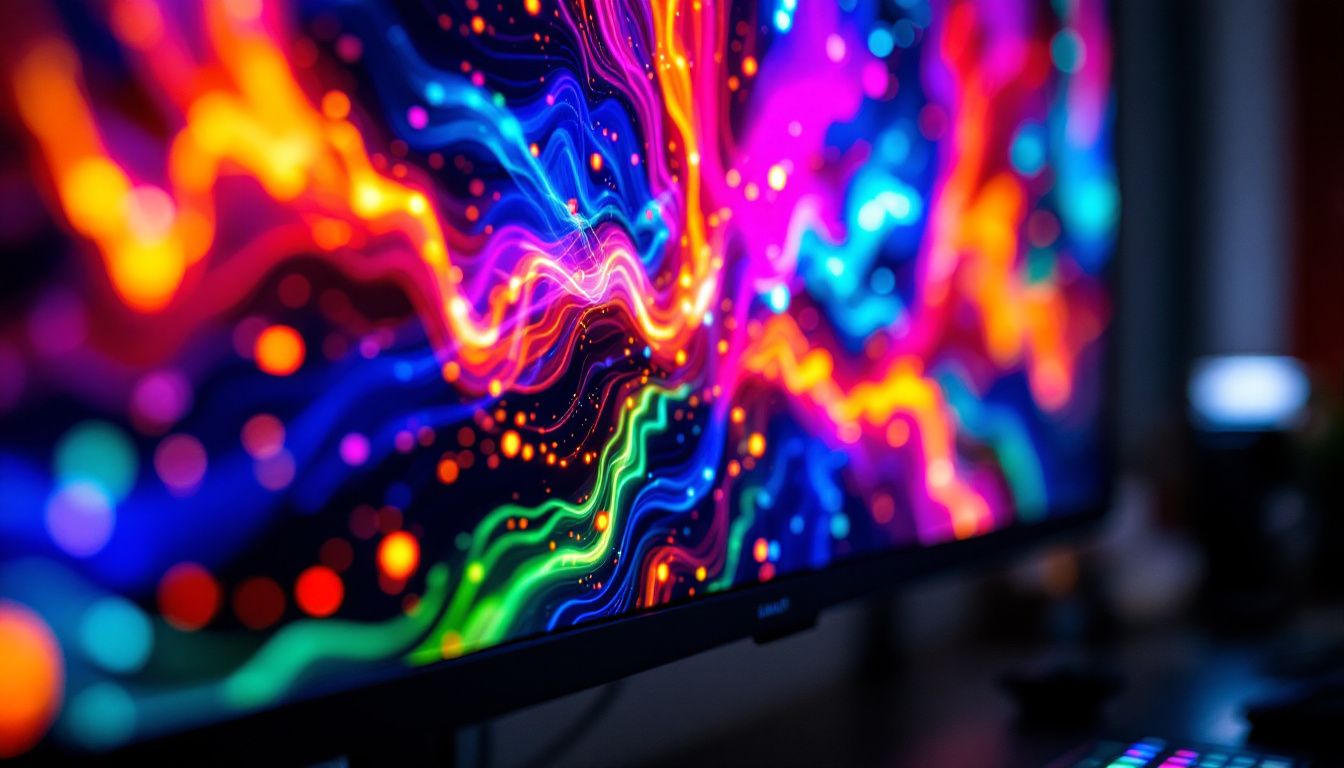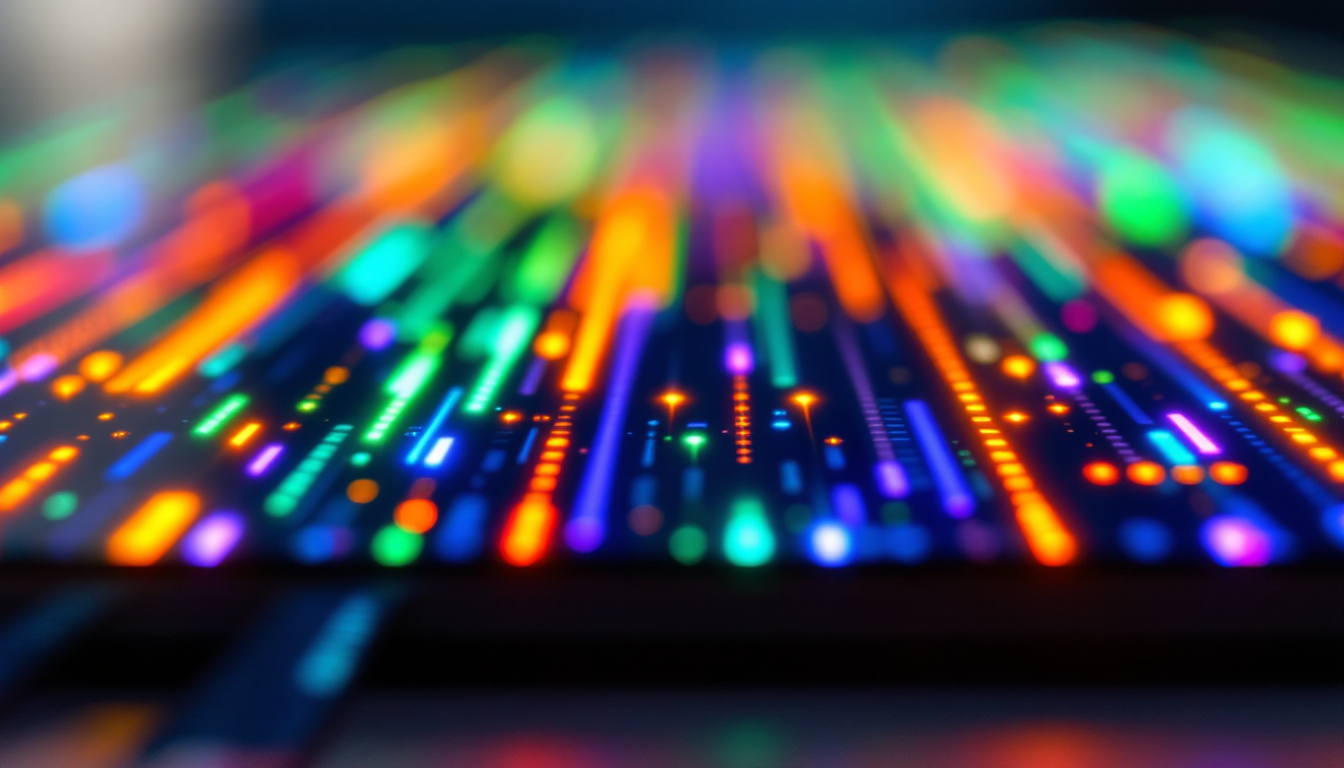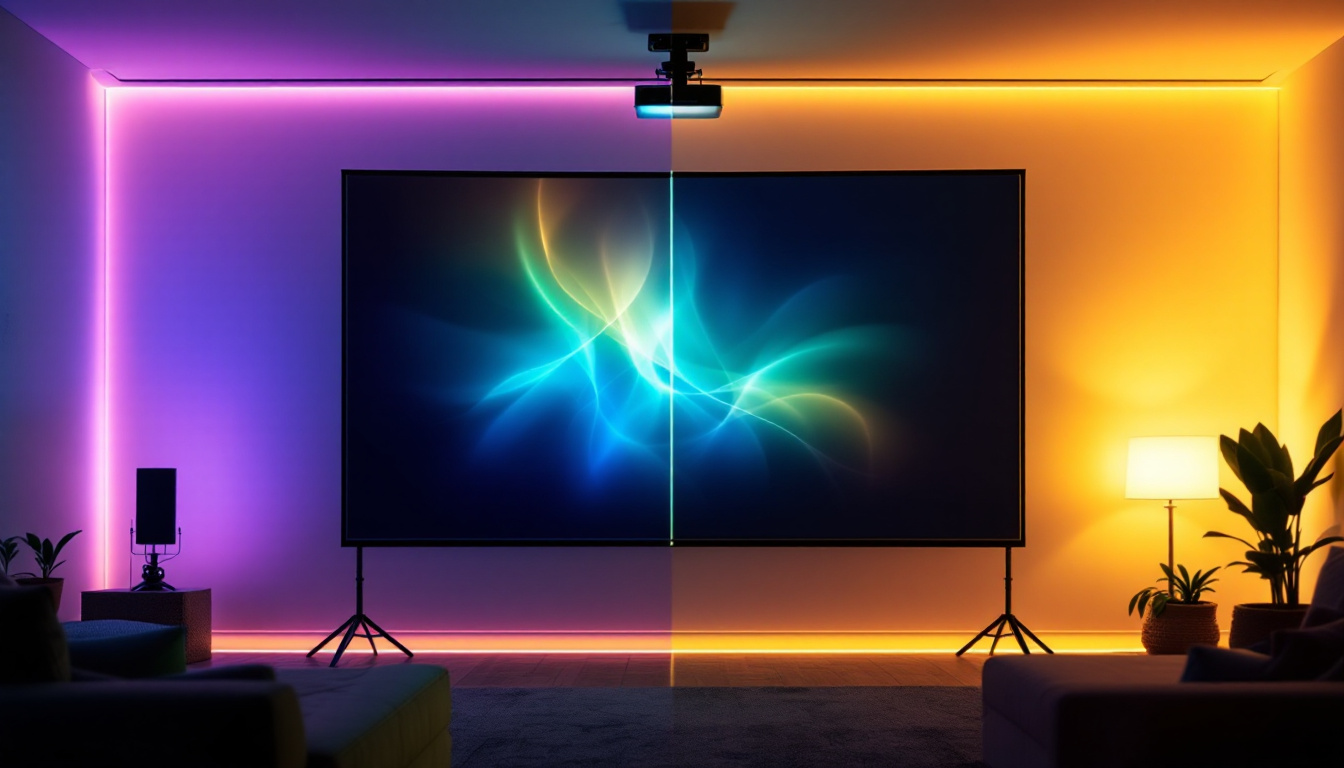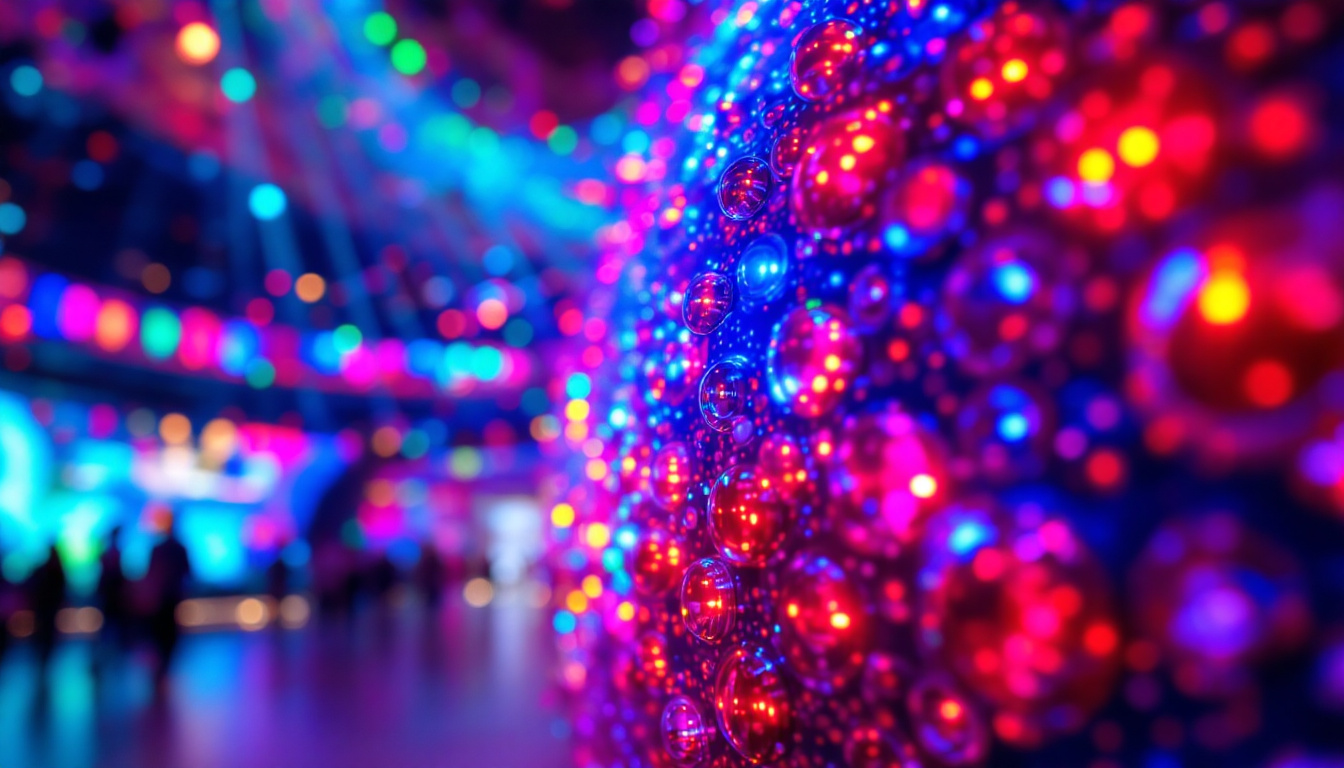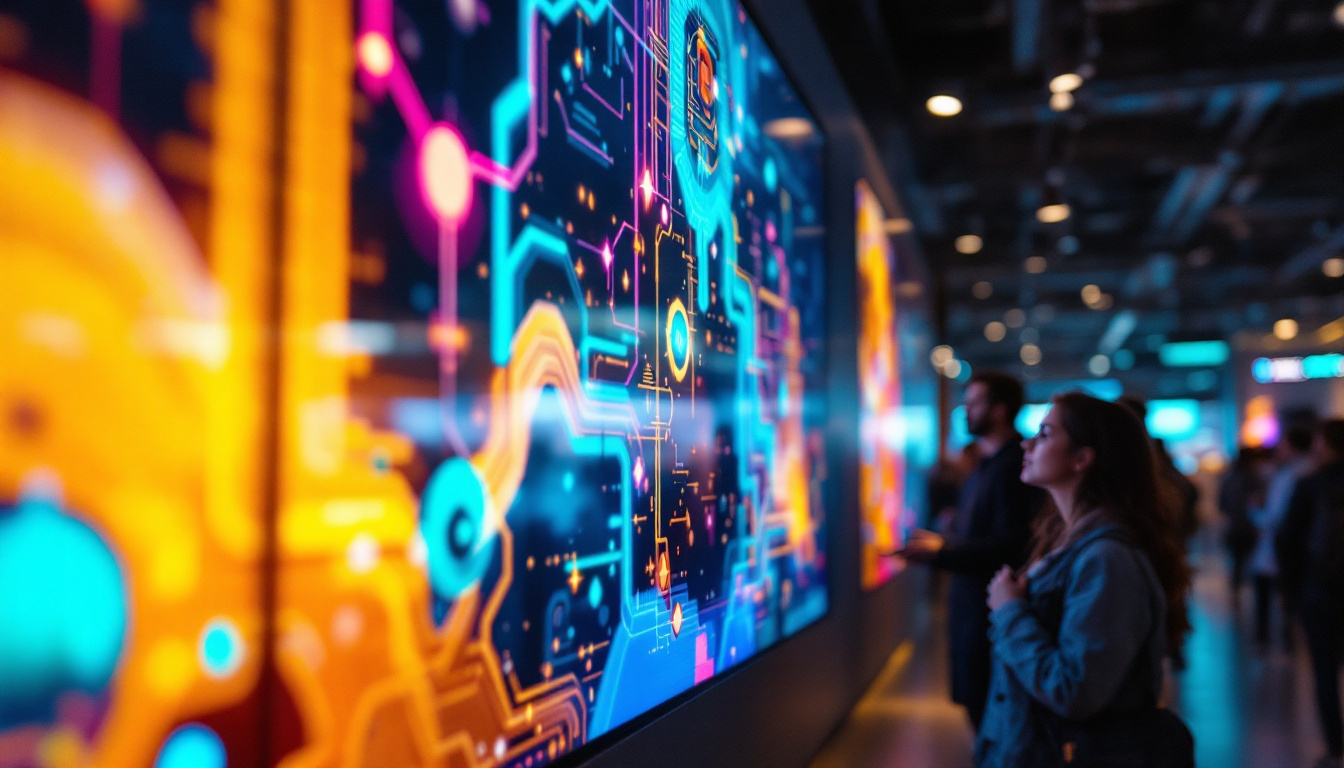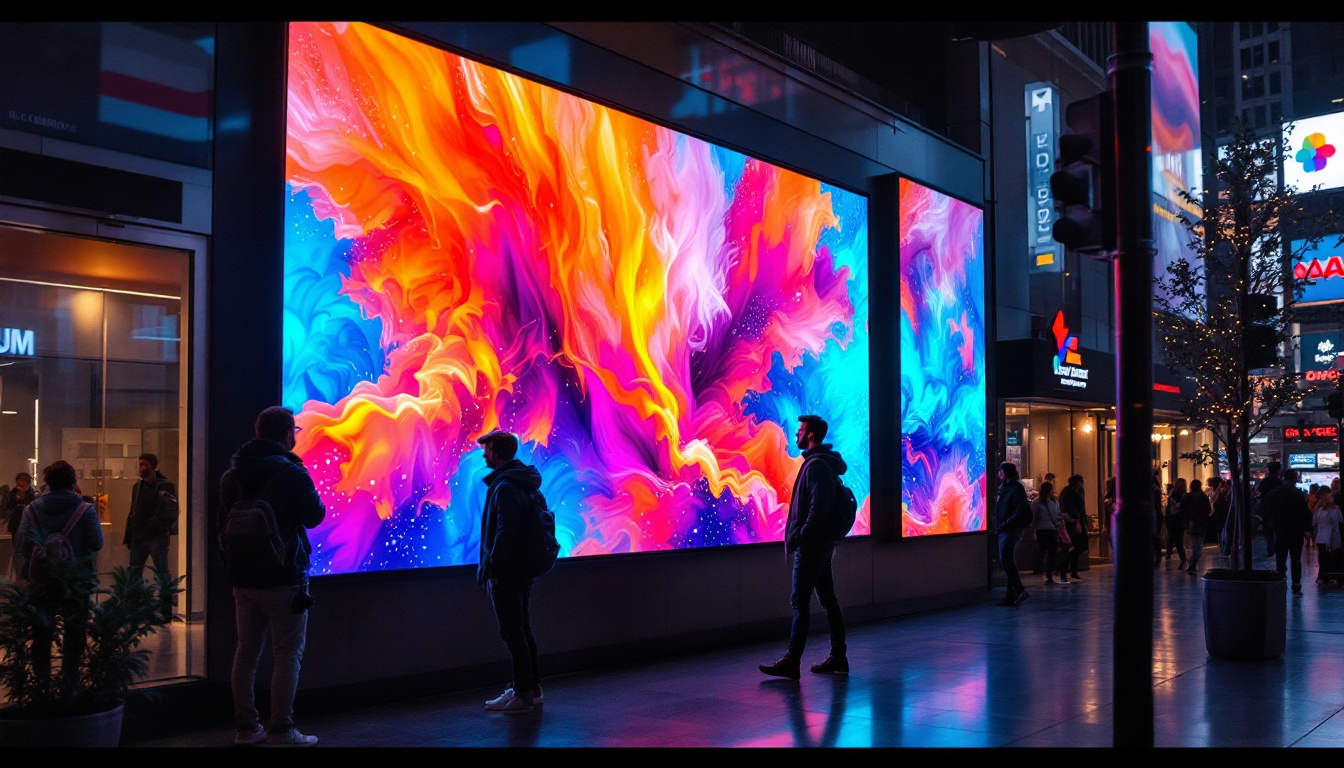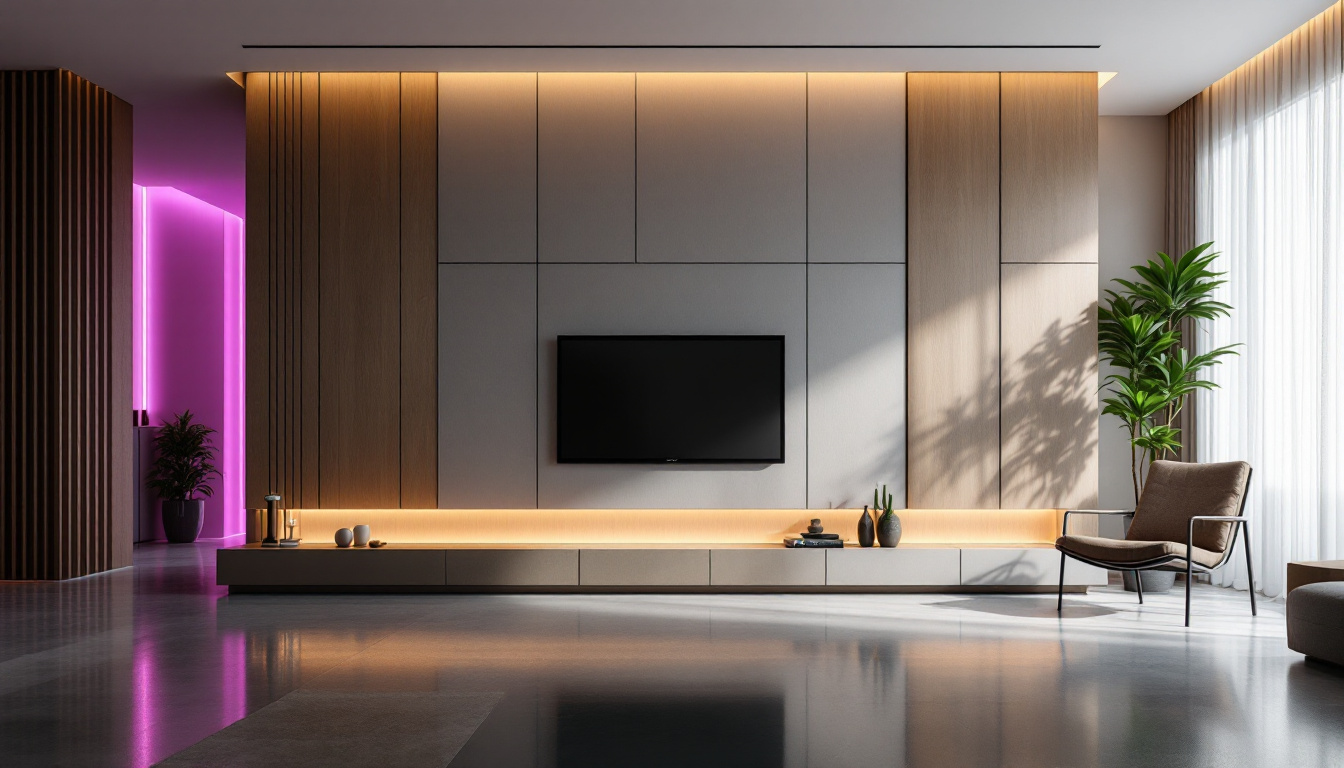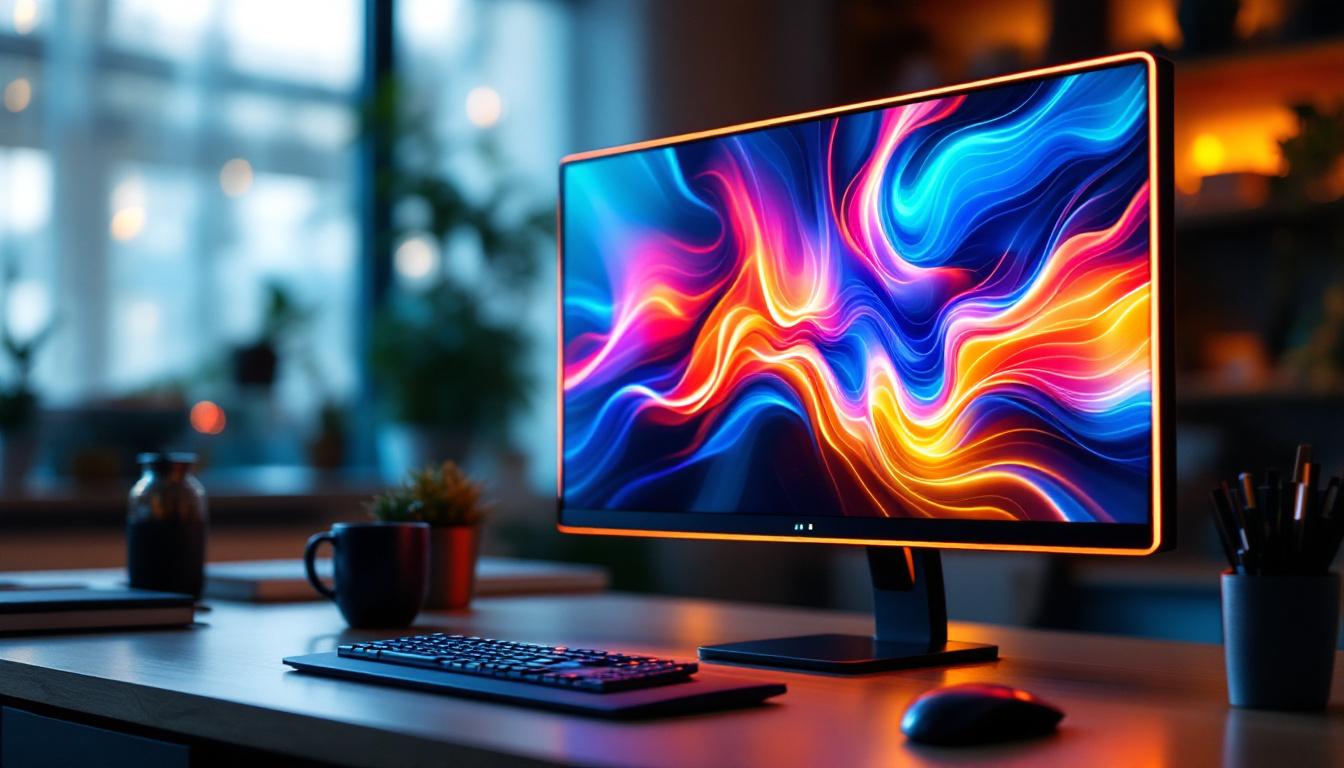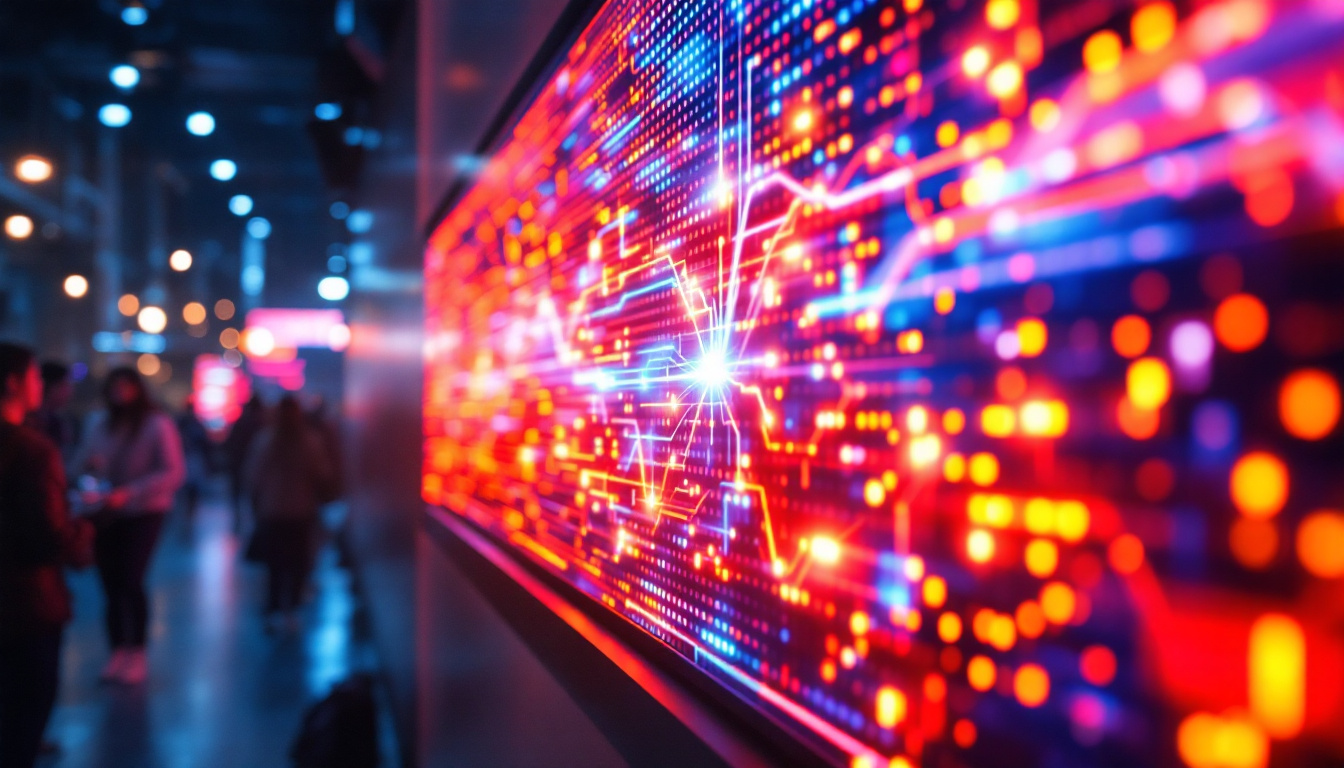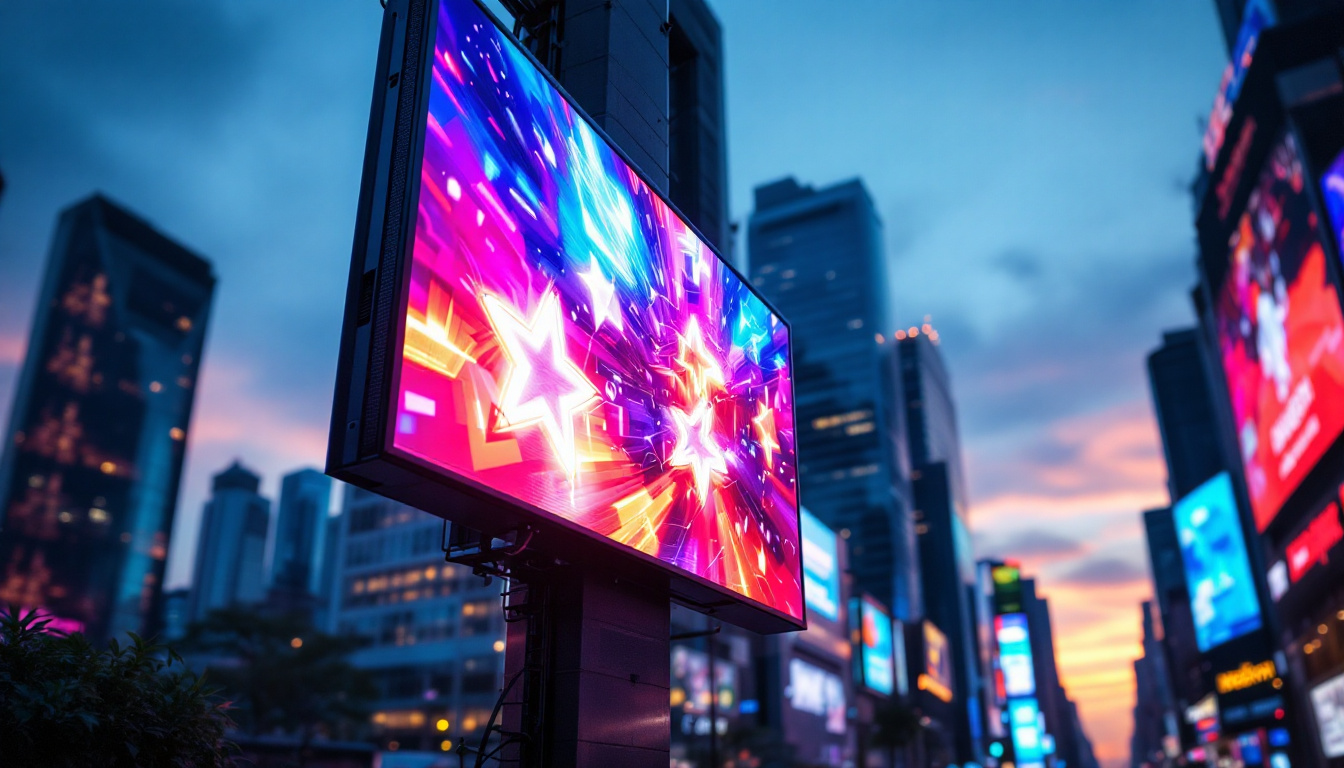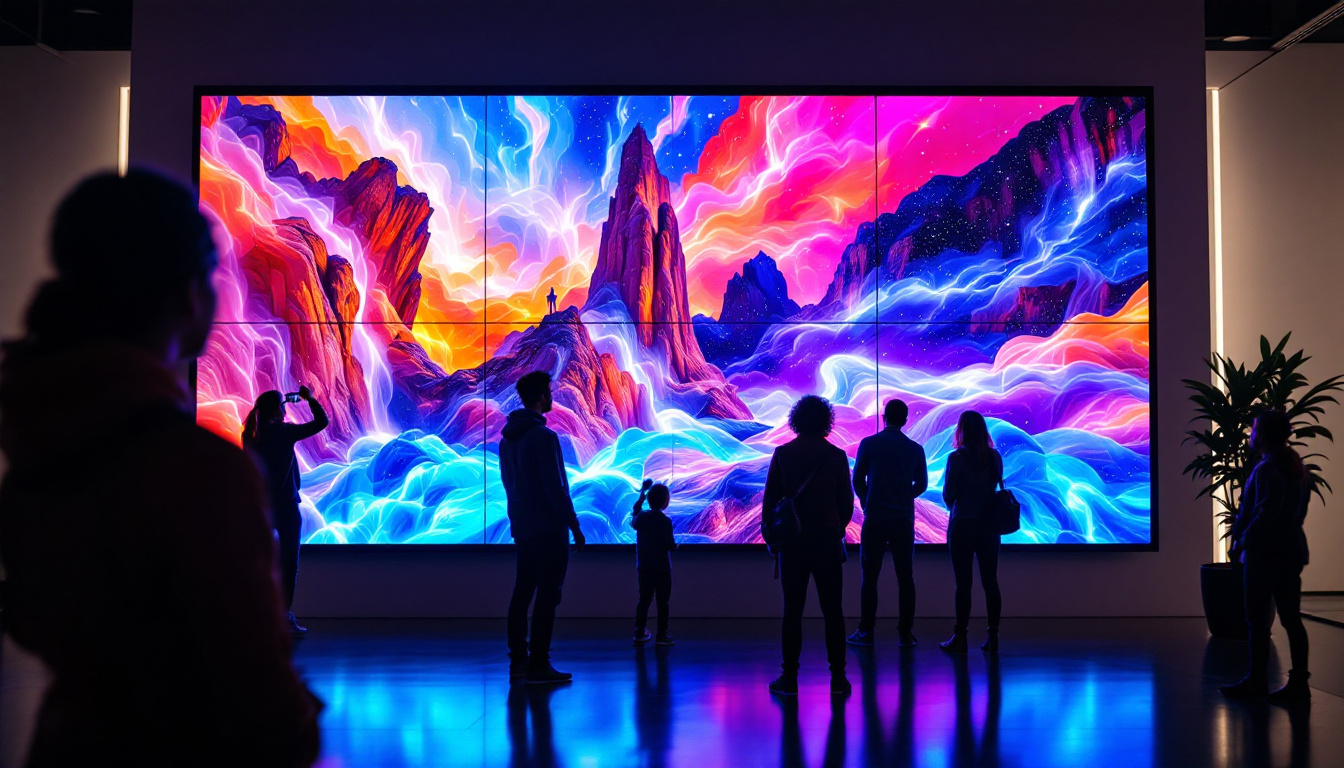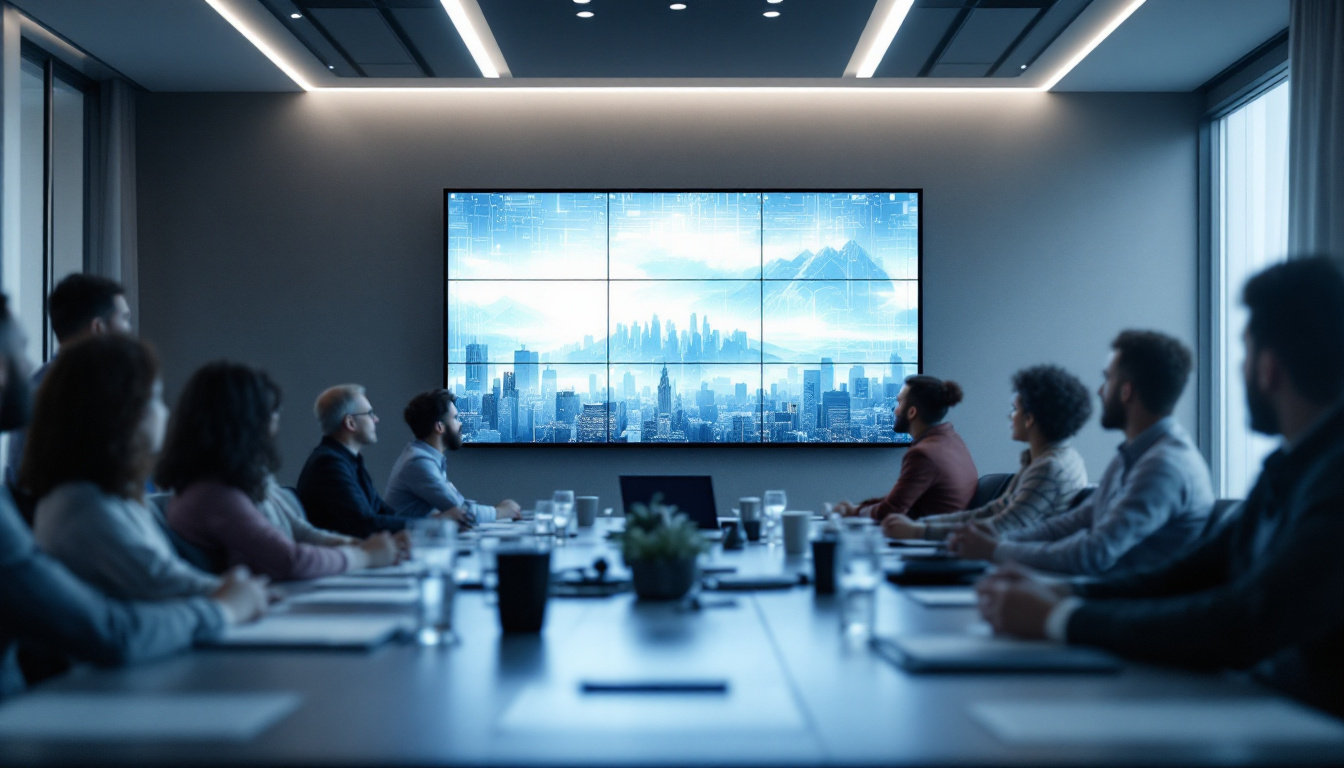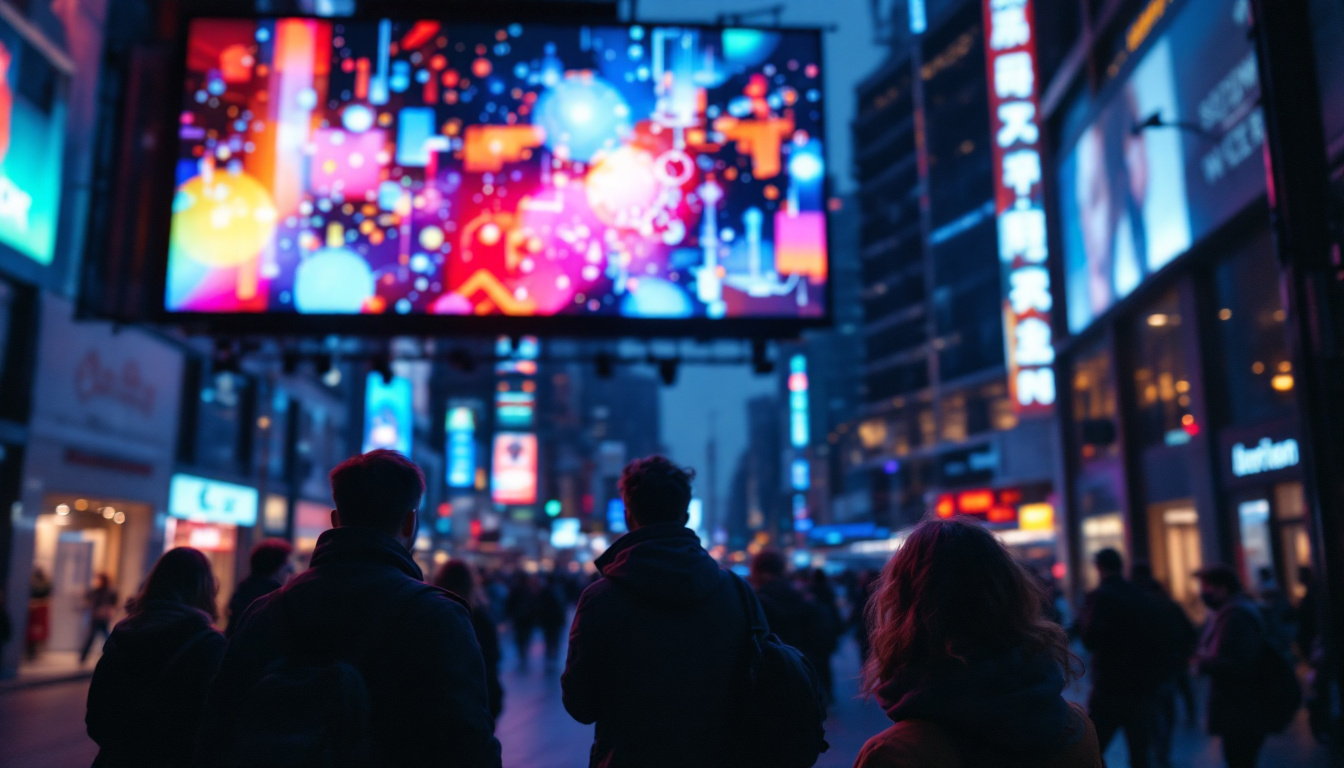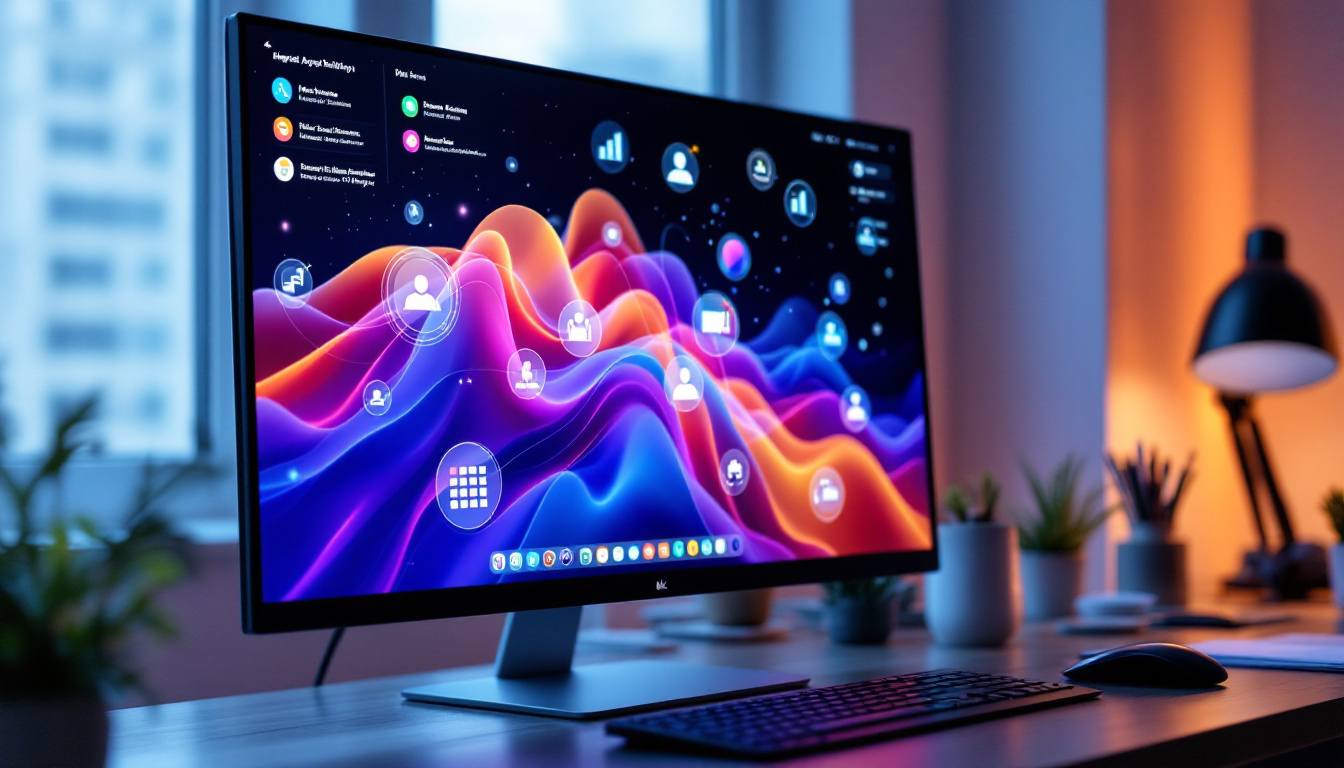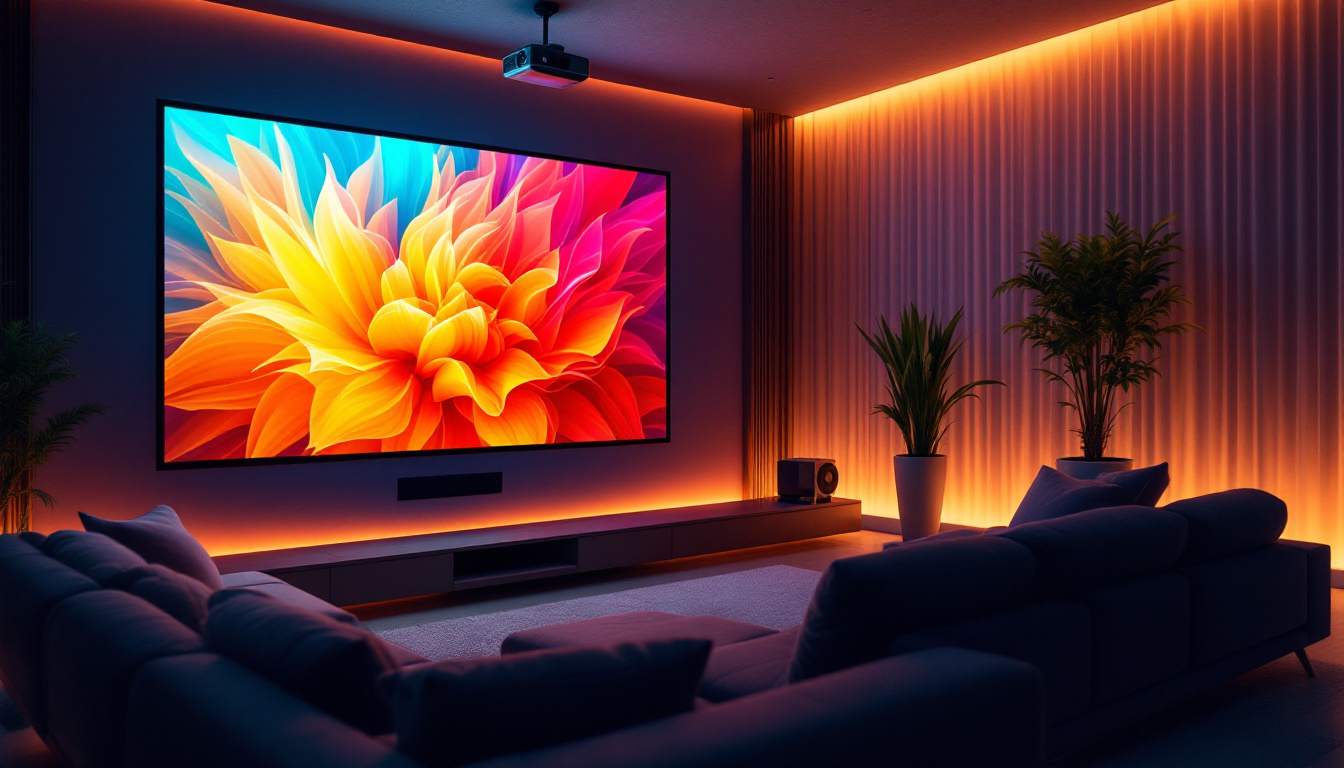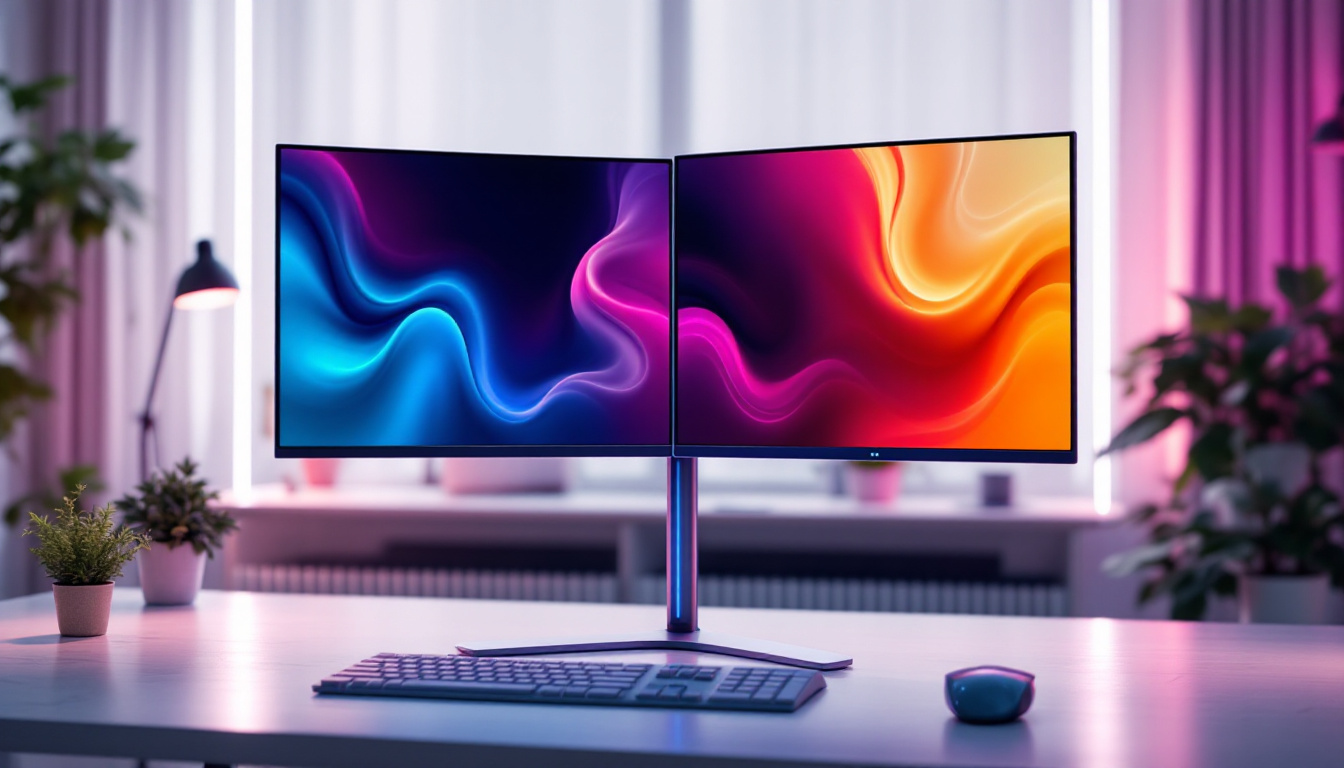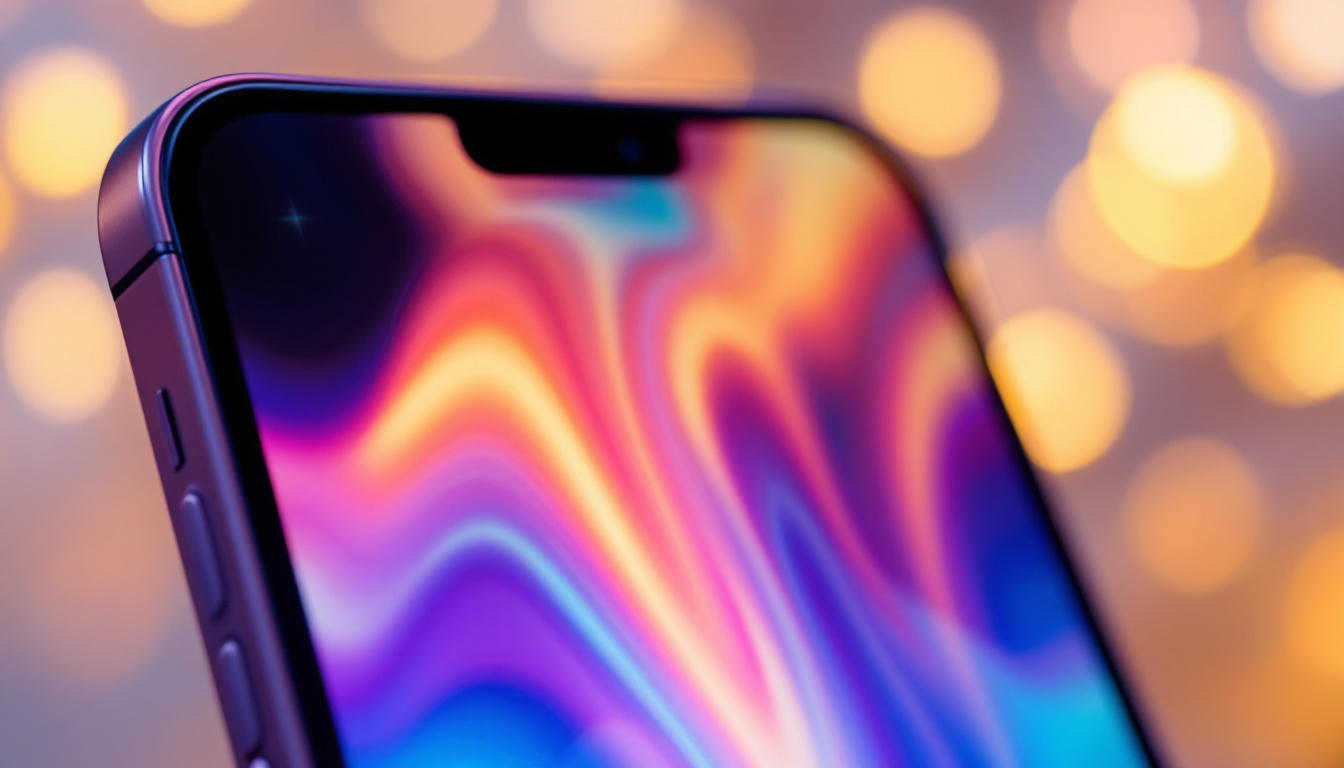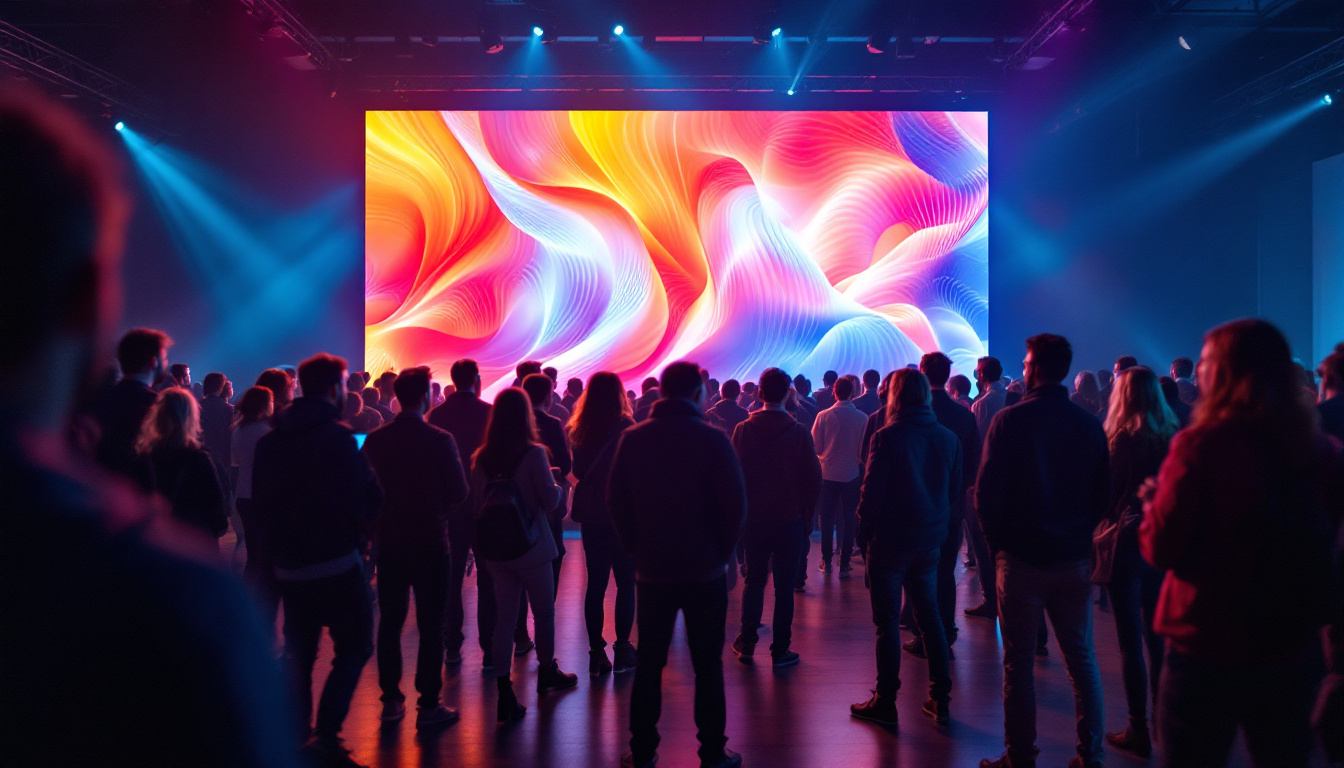In the competitive world of retail, effective communication with customers is paramount. One of the most impactful ways to achieve this is through the use of LED displays. These vibrant, dynamic screens have transformed the retail landscape, offering businesses innovative ways to engage with their audience. This article delves into the intricacies of LED displays, exploring their technology, benefits, applications, and future trends in retail environments.
Understanding LED Technology
What is an LED Display?
LED stands for Light Emitting Diode, a technology that has revolutionized the way visual information is presented. An LED display consists of numerous small diodes that emit light when an electric current passes through them. This technology allows for bright, colorful images and videos that can be seen from a distance, making it ideal for retail settings.
LED displays come in various forms, including indoor and outdoor versions, each designed to meet specific environmental and visibility requirements. Indoor displays are typically used for promotional content, while outdoor displays are built to withstand weather conditions and provide high visibility in bright sunlight. The durability of outdoor displays is often enhanced with protective coatings and rugged casings, ensuring they can endure harsh elements such as rain, snow, and extreme temperatures. Additionally, advancements in LED technology have led to the development of energy-efficient models that consume less power while delivering high-quality visuals, making them a sustainable choice for businesses.
How LED Displays Work
At the core of an LED display is a matrix of pixels, each made up of red, green, and blue diodes. By varying the intensity of these three colors, a wide spectrum of colors can be produced. The arrangement of these pixels determines the resolution of the display, with higher resolutions providing sharper and more detailed images. For instance, a display with a pixel pitch of 2mm offers a higher resolution than one with a pixel pitch of 10mm, making it suitable for closer viewing distances.
Modern LED displays are controlled by sophisticated software that allows for real-time updates and scheduling of content. This flexibility enables retailers to tailor their messaging based on time, audience, and promotional needs, ensuring that the right message reaches the right people at the right time. Furthermore, many LED displays are now equipped with sensors that adjust brightness based on ambient light conditions, enhancing visibility while conserving energy. This intelligent technology not only improves user experience but also contributes to the overall efficiency of advertising campaigns, allowing businesses to maximize their return on investment.
Benefits of LED Displays in Retail
Enhanced Visibility
One of the most significant advantages of LED displays is their high visibility. The brightness of LED technology ensures that messages can be seen clearly, even in well-lit environments. This is particularly crucial for outdoor displays, where sunlight can wash out traditional signage.
Retailers can use LED displays to capture the attention of passersby, drawing them into stores with eye-catching visuals and dynamic content. The ability to display vibrant colors and animations makes these displays more engaging than static signs, leading to increased foot traffic and sales.
Cost-Effectiveness
While the initial investment in LED technology can be higher than traditional signage, the long-term savings are significant. LED displays are energy-efficient, consuming less power than older technologies like fluorescent or incandescent lighting. This efficiency translates to lower electricity bills, making them a cost-effective choice for retailers.
Additionally, LED displays have a longer lifespan, often lasting over 100,000 hours. This durability reduces the need for frequent replacements, further enhancing their cost-effectiveness. Retailers can allocate their resources more efficiently, investing in other areas of their business.
Dynamic Content Capabilities
Unlike static signs, LED displays can showcase dynamic content that can be updated in real-time. This feature allows retailers to promote flash sales, new product launches, or seasonal promotions instantly. The ability to change content quickly means that retailers can respond to market trends and customer preferences more effectively.
Moreover, the use of animations and videos can create a more immersive shopping experience. Engaging visuals can tell a story, evoke emotions, and ultimately influence purchasing decisions. By leveraging dynamic content, retailers can create a more interactive and memorable shopping environment.
Applications of LED Displays in Retail
In-Store Promotions
LED displays are particularly effective for in-store promotions. Retailers can use them to highlight special offers, discounts, or new arrivals. Positioned strategically near entrances or high-traffic areas, these displays can capture the attention of customers as they browse the store.
For example, a grocery store might use an LED display to showcase weekly deals on fresh produce or highlight a new line of organic products. The vibrant visuals can entice customers to explore these offerings, increasing the likelihood of impulse purchases.
Wayfinding and Information
In larger retail environments, LED displays can serve as wayfinding tools, helping customers navigate the store. Interactive displays can provide information about product locations, store layouts, and upcoming events. This not only enhances the customer experience but also reduces the burden on staff to answer repetitive questions.
Additionally, LED displays can be used to communicate important information, such as store hours, safety protocols, or upcoming sales events. By keeping customers informed, retailers can foster a sense of trust and transparency, ultimately enhancing customer loyalty.
Event and Brand Promotion
Retailers often host events or collaborate with brands to drive traffic and engagement. LED displays can play a crucial role in promoting these events, providing information about schedules, guest appearances, and special offers. The dynamic nature of LED technology allows for exciting promotional content that can be updated frequently.
For instance, a clothing store might host a fashion show and use LED displays to showcase models wearing the latest collections. By creating a visually appealing atmosphere, retailers can enhance the overall experience and encourage attendees to make purchases.
Challenges and Considerations
Initial Investment
While the benefits of LED displays are numerous, retailers must consider the initial investment required. High-quality LED technology can be expensive, and smaller retailers may find it challenging to allocate budget for such an investment. However, it is essential to view this as a long-term investment rather than a short-term expense.
Many retailers recoup their initial costs through increased sales and reduced operational expenses over time. Additionally, financing options and leasing agreements are available, making it easier for businesses to adopt this technology without straining their budgets.
Content Management
Another challenge retailers face is content management. Having an LED display is only beneficial if the content is engaging and relevant. Retailers must invest time and resources into creating high-quality visuals and messaging that resonate with their target audience.
Moreover, keeping content fresh and updated can be a logistical challenge. Retailers need to establish a content calendar and ensure that they have the necessary tools and personnel to manage and update the displays regularly. This requires a commitment to maintaining the effectiveness of the LED displays as a marketing tool.
Technical Issues
Like any technology, LED displays can experience technical issues. From hardware malfunctions to software glitches, these problems can disrupt the flow of information and negatively impact customer experience. Retailers should have a plan in place for troubleshooting and maintenance to minimize downtime.
Investing in high-quality displays from reputable manufacturers can help mitigate some of these risks. Additionally, retailers should consider training staff on basic troubleshooting techniques to address minor issues quickly.
Future Trends in LED Displays
Integration with Smart Technology
The future of LED displays in retail is closely tied to advancements in smart technology. As the Internet of Things (IoT) continues to evolve, retailers can expect to see more integration between LED displays and other smart devices. This could include interactive displays that respond to customer behavior or preferences, creating a more personalized shopping experience.
For instance, a smart LED display could analyze foot traffic patterns and adjust its content accordingly, displaying promotions that align with the interests of the customers in the vicinity. This level of personalization can significantly enhance customer engagement and satisfaction.
Augmented Reality Experiences
Augmented reality (AR) is another trend that is gaining traction in retail. Combining AR technology with LED displays can create immersive experiences that blur the lines between the physical and digital worlds. Retailers can use AR to allow customers to visualize products in their own space or try on clothing virtually.
Imagine walking into a cosmetics store and seeing an LED display that allows you to virtually try on different makeup looks. This interactive experience can drive customer engagement and lead to increased sales, as customers are more likely to purchase products they can visualize on themselves.
Sustainability and Eco-Friendly Options
As sustainability becomes a more pressing concern for consumers, retailers are seeking eco-friendly solutions for their marketing efforts. LED technology is already more energy-efficient than traditional displays, but there is a growing demand for displays made from sustainable materials and designed for recyclability.
Retailers who prioritize sustainability in their display choices can appeal to environmentally conscious consumers, enhancing their brand image and fostering customer loyalty. This trend is likely to shape the future of LED displays, encouraging manufacturers to innovate and develop more sustainable options.
Conclusion
LED displays have become an essential tool for retailers looking to engage customers and enhance their shopping experience. With their vibrant visuals, dynamic content capabilities, and versatility, these displays offer numerous benefits that can drive sales and improve brand visibility.
While challenges such as initial investment and content management exist, the long-term advantages far outweigh the drawbacks. As technology continues to evolve, retailers must stay informed about emerging trends and innovations in LED displays to remain competitive in the ever-changing retail landscape.
In a world where customer attention is fleeting, LED displays provide a powerful means of capturing interest and delivering impactful messages. By leveraging this technology effectively, retailers can create memorable shopping experiences that resonate with their audience and drive business success.
Illuminate Your Retail Space with LumenMatrix
Ready to transform your retail environment with the vibrant visuals and dynamic capabilities of LED displays? LumenMatrix is at the forefront of LED display innovation, offering a wide array of solutions from Indoor and Outdoor LED Wall Displays to specialized options like Vehicle, Sports, and Floor LED Displays. Embrace the future of visual communication with our Custom, All-in-One, and Transparent LED Displays, designed to captivate your audience and amplify your message. Check out LumenMatrix LED Display Solutions today and take the first step towards creating an unforgettable shopping experience.

